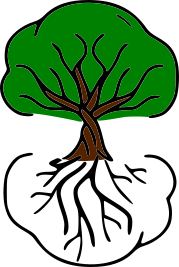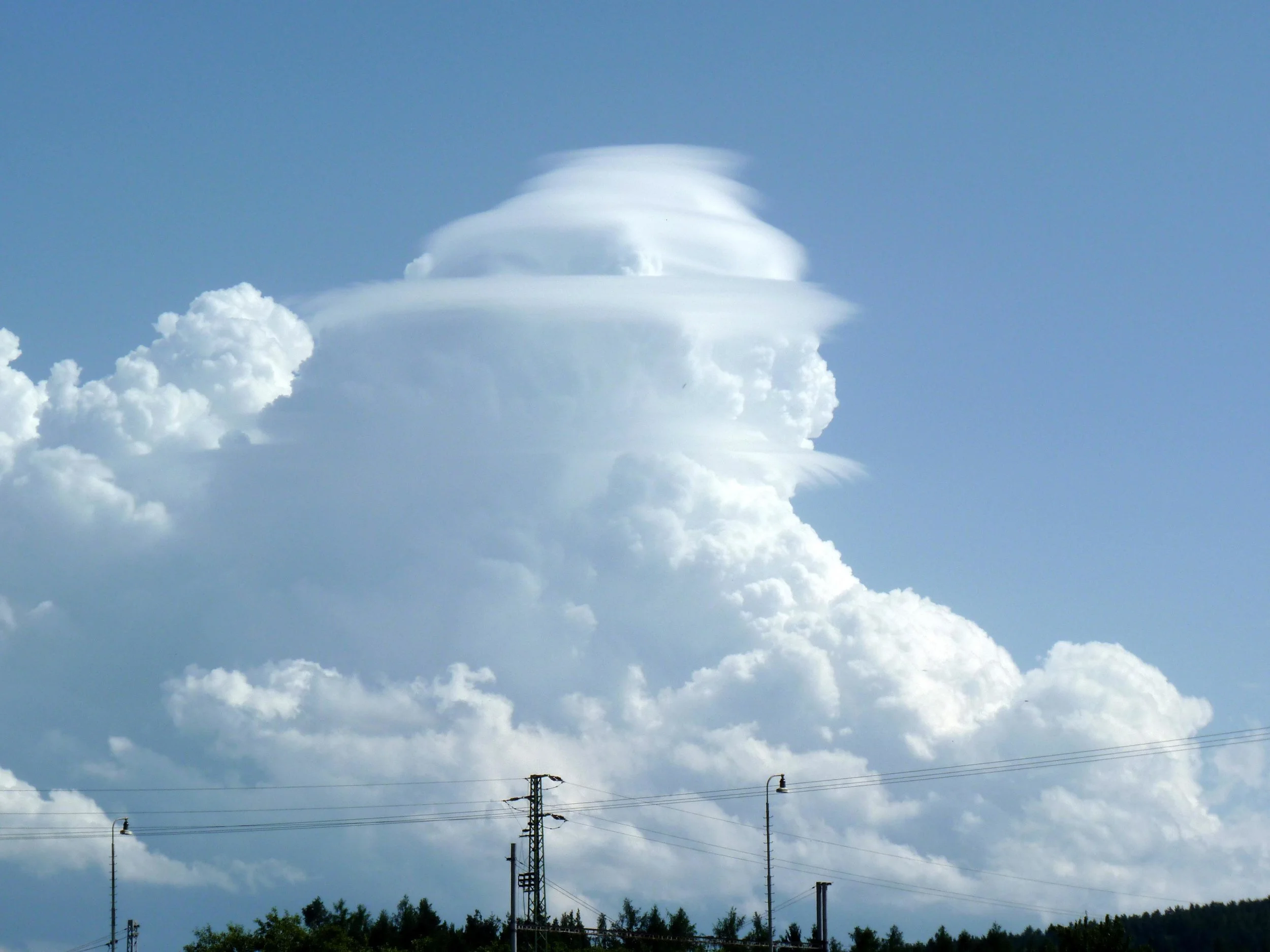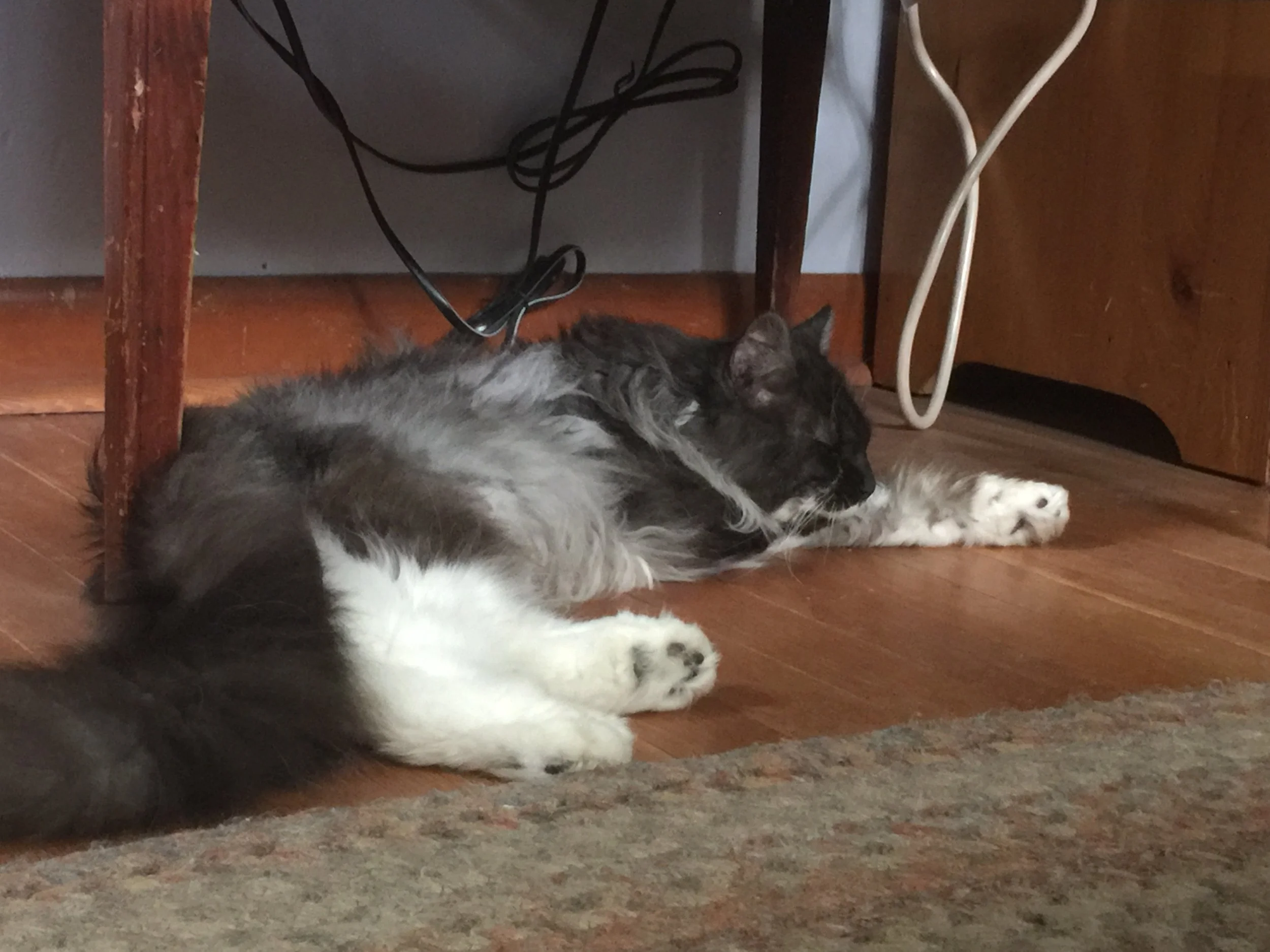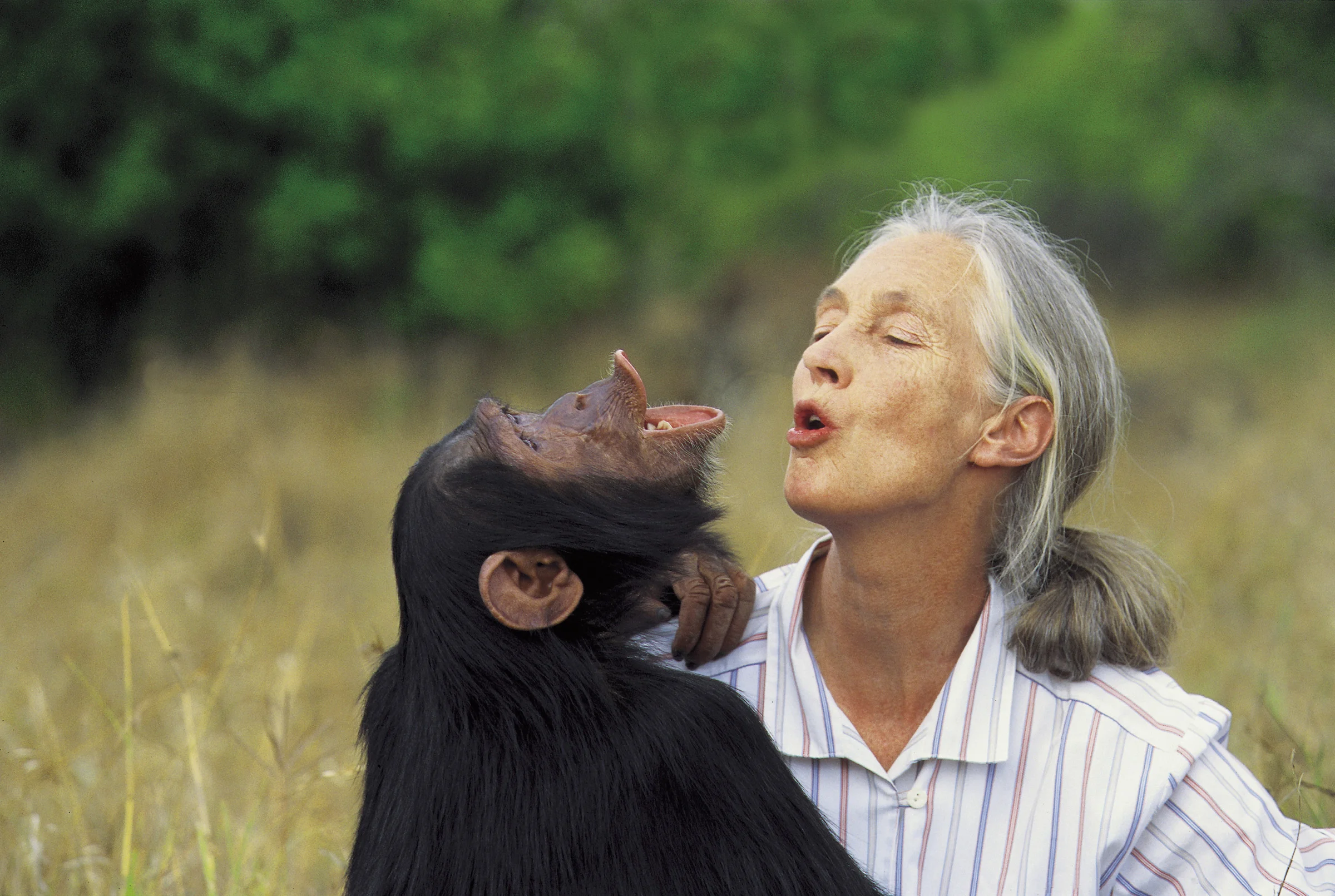Over my years of teaching about the environment, I have been fortunate to meet so many different people; from a farmer from Maine who is the best skier I know to the leading expert on native bees in Washington. With many of them I have also had long philosophical talks (usually with a drink or two). The book Dwelling With the Land: Cultivating an Ontological Ethos feels like the book form of those late night conversions.
Tim Bock is a dear friend of mine from working at Lutherlyn. Currently he lives near Grove City with his wife, dog, and a plot of land. By just taking a walk through his back yard, you can get a feeling for his core philosophy. Yes there are sections that he has plowed the land for farming. But he has also set aside a large part of it for the organisms to shape it as they see fit. Tim gives the best summary of his book on page 3:











